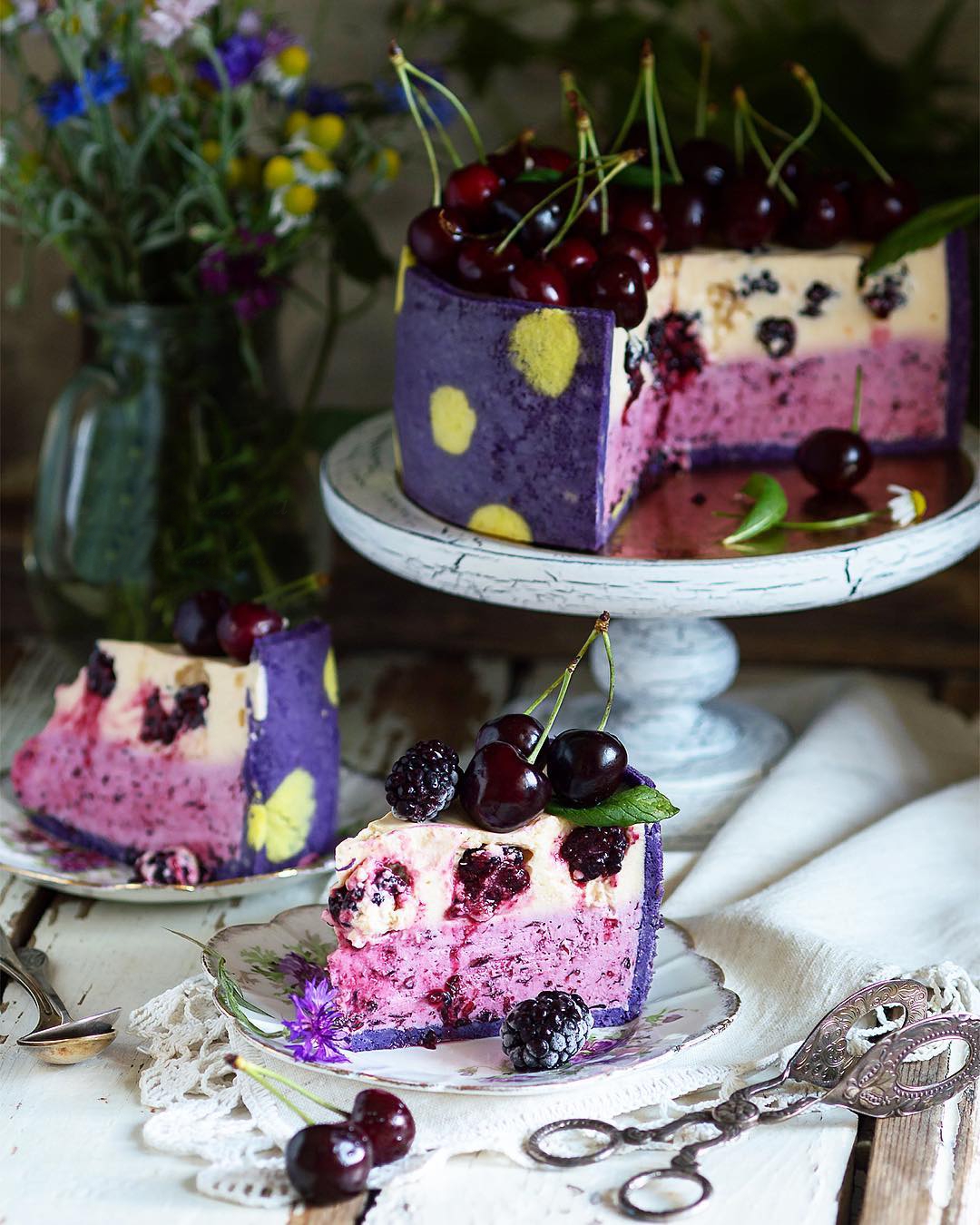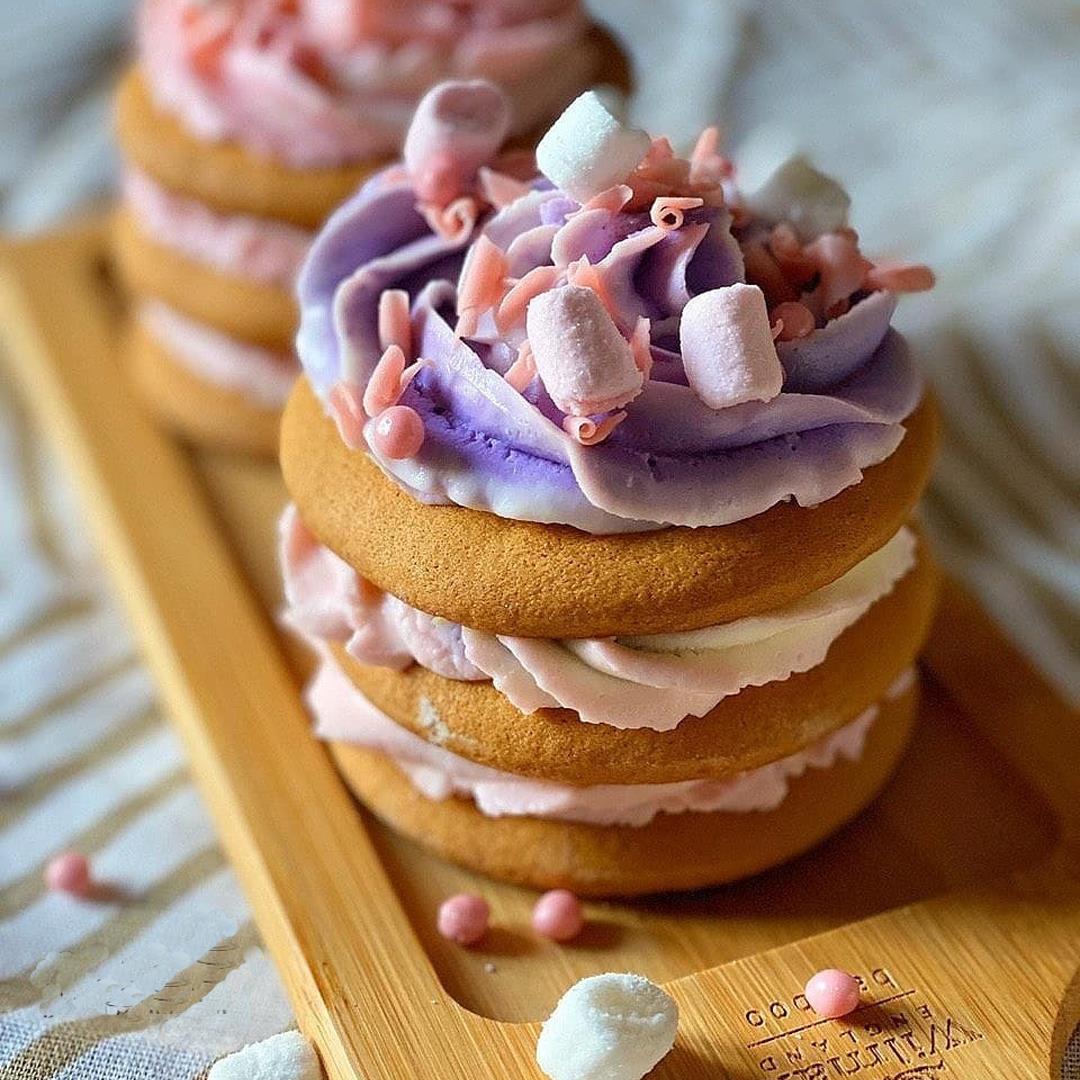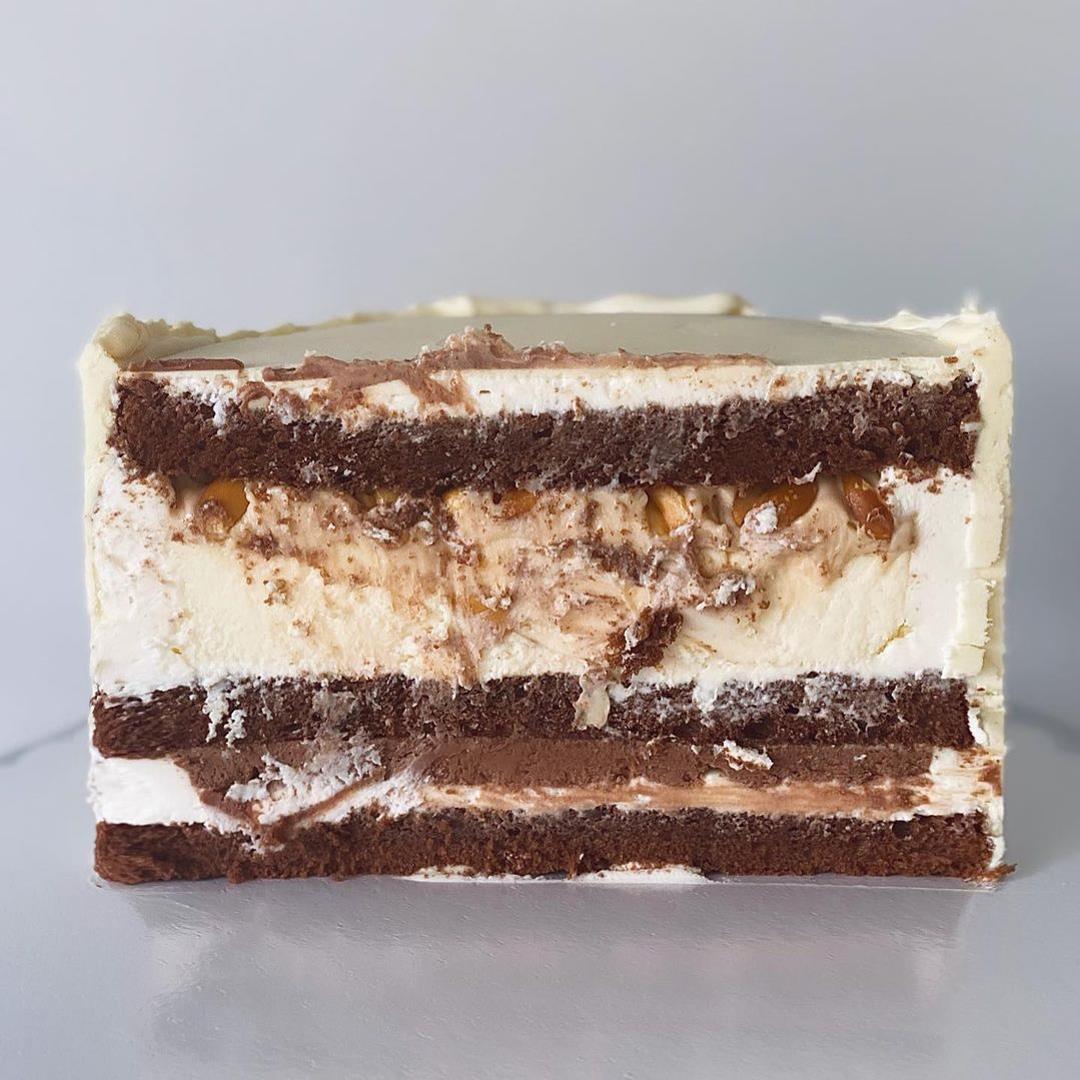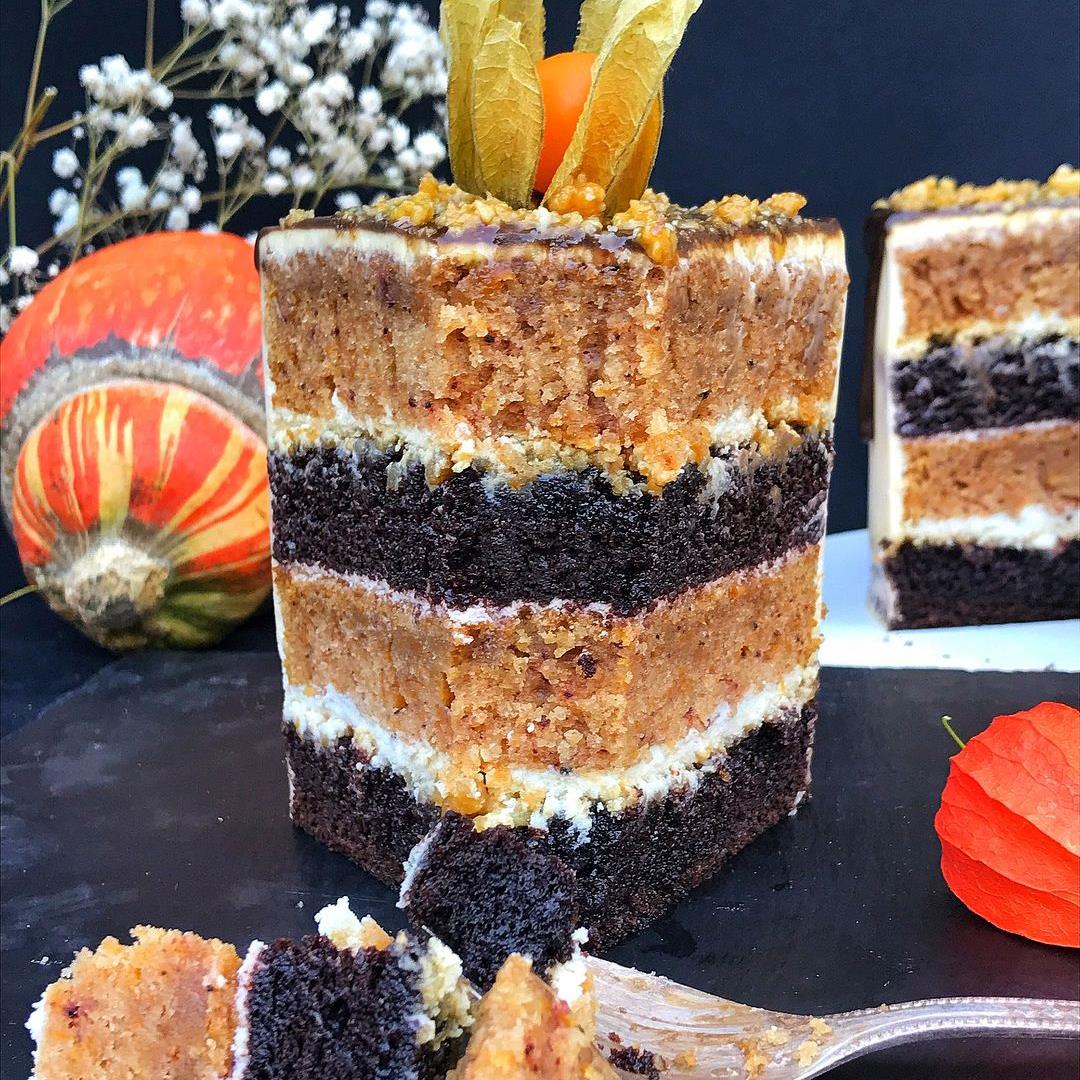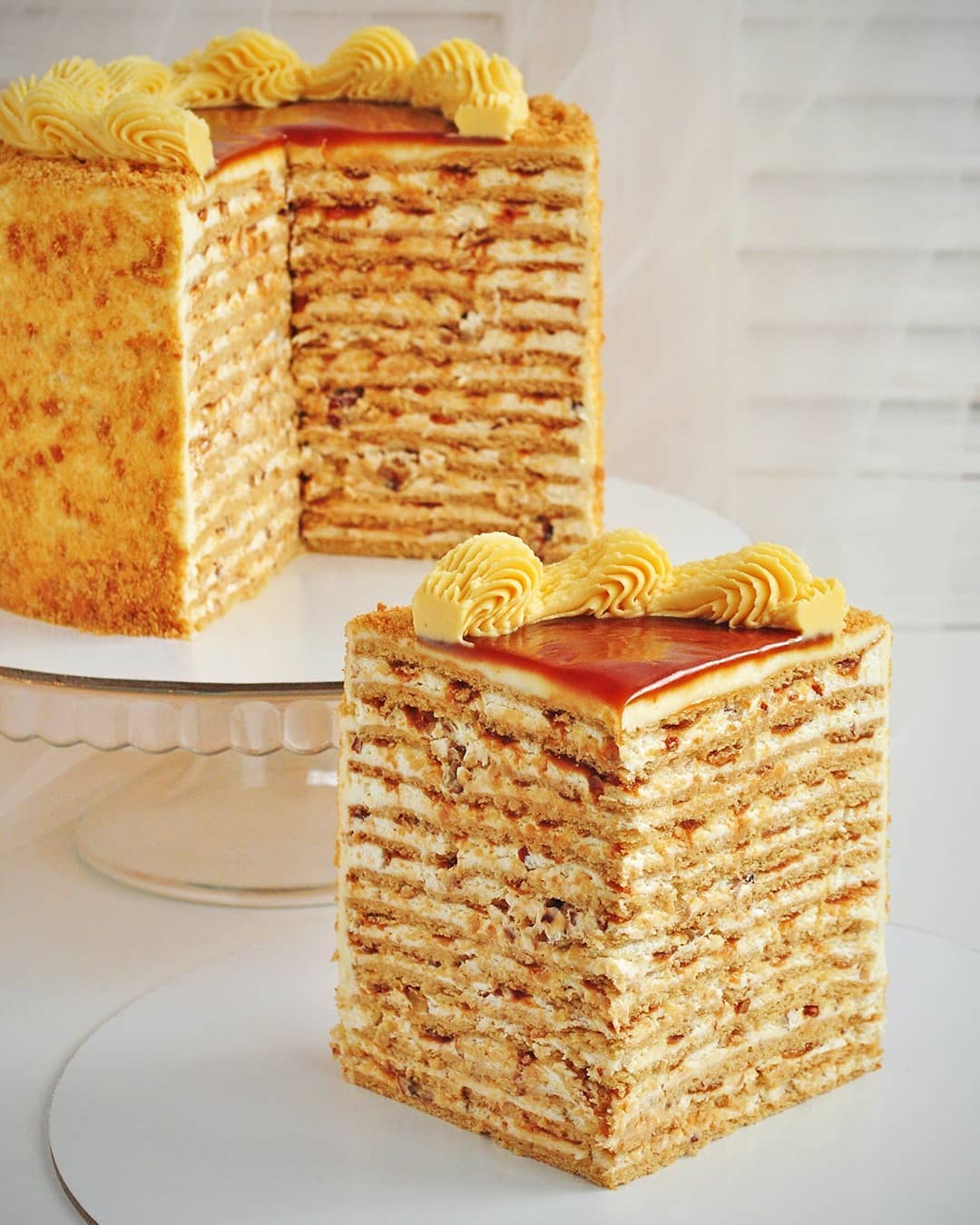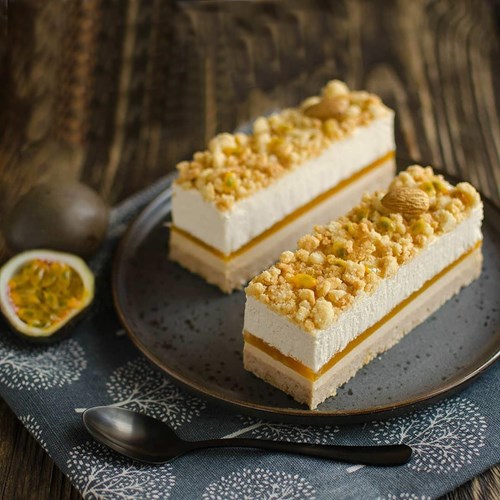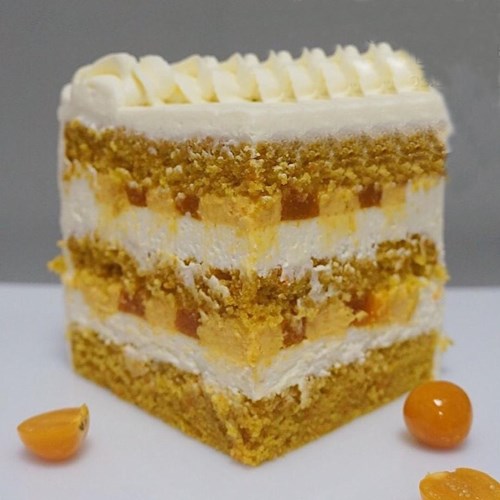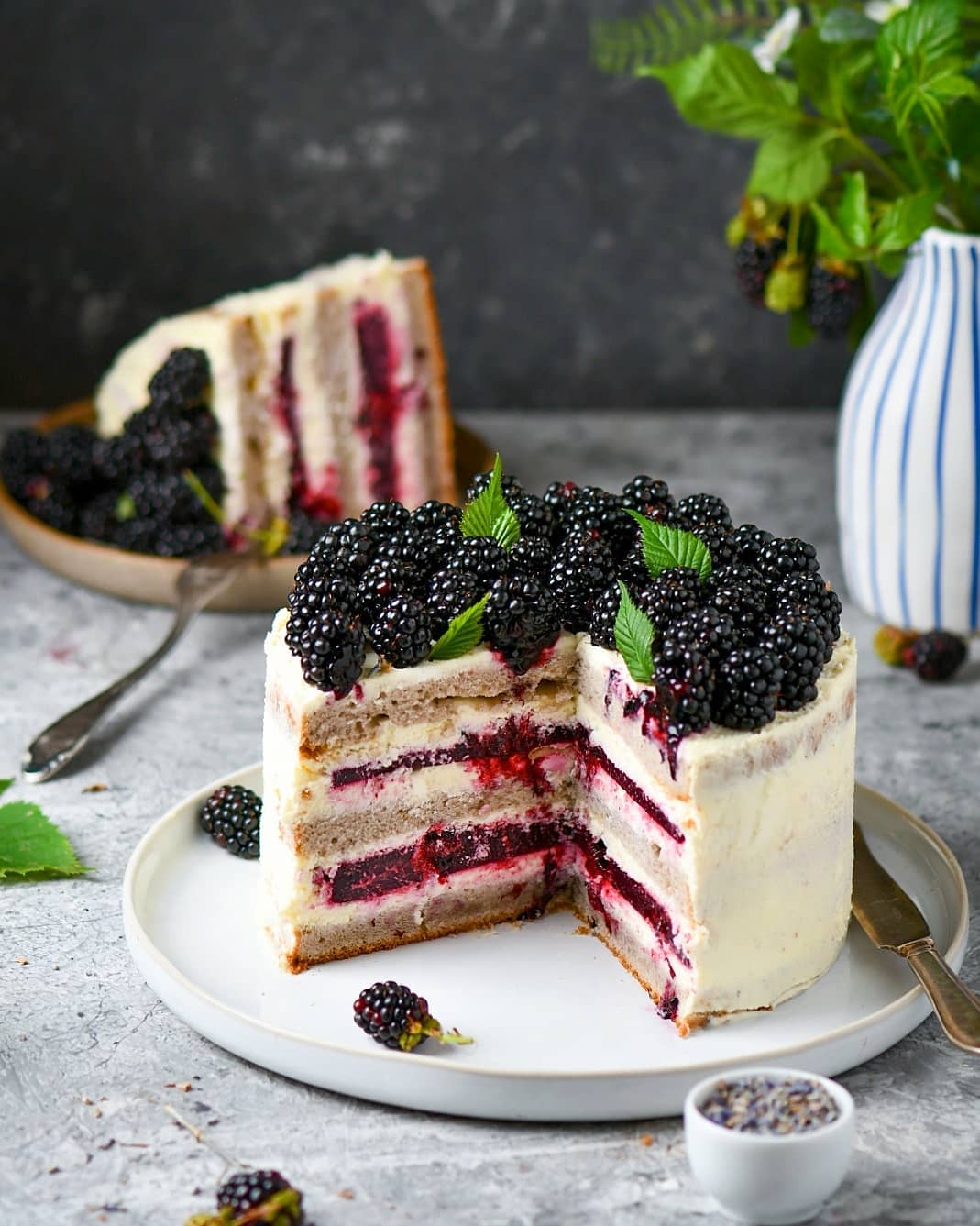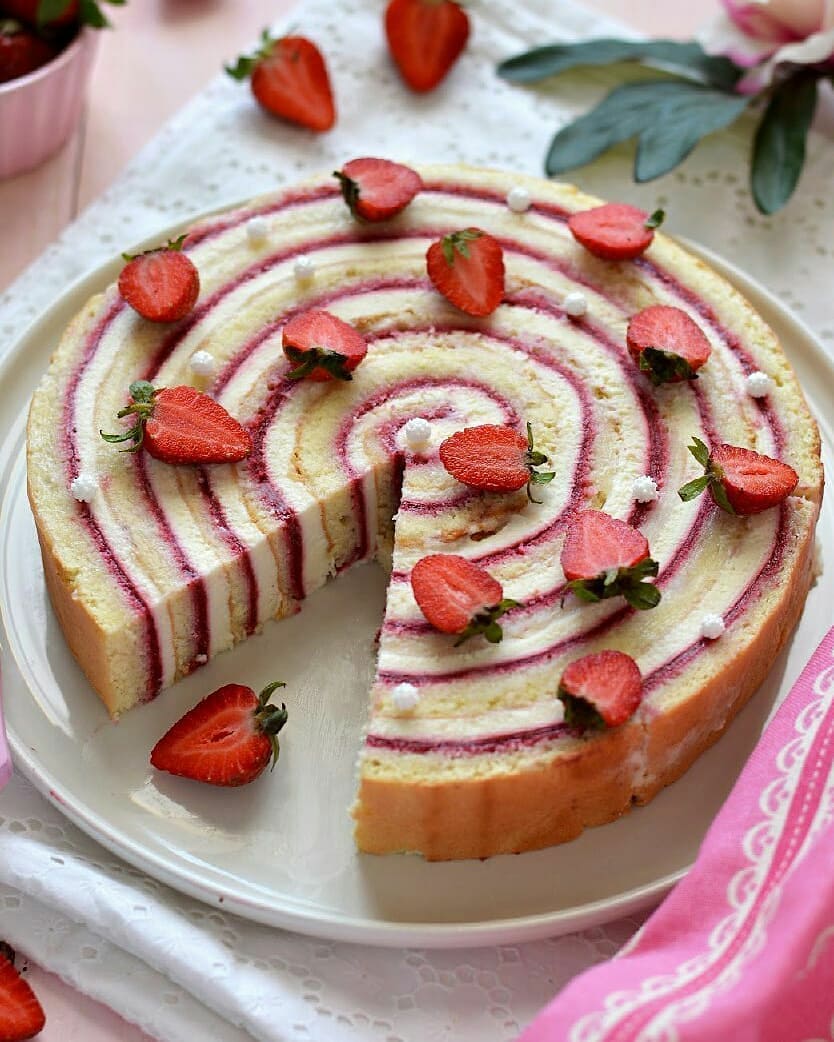Ingredients
Mousse
Japanese Sponge Biscuit
Instructions
Step 1
Step 2
Step 3
Servings
Equipment
A ring mold helps maintain the perfect shape and size for your cake. Line it with acetate foil to make unmolding easy.
An electric mixer ensures even and efficient mixing, especially when whipping cream and egg whites to the required consistency.
Essential for heating the cream and melting gelatin. Avoid non-stick pans, as they can distribute heat unevenly.
Perfect for gentle folding and scraping down the sides of mixing bowls without losing any of the precious mousse.
Used for precise application of colored dough when creating the decorative elements for your biscuit.
A non-stick surface that ensures your sponge cake bakes evenly without sticking.
Variations
Faq
- Why does my mousse have lumps?
Lumps in your mousse may be caused by improperly dissolved gelatin. Ensure the gelatin is fully dissolved in the hot cream before adding it to the mousse.
- How do I prevent my sponge biscuit from deflating?
Be gentle when folding the whipped egg whites into the batter. Overmixing or incorporating them too quickly can deflate the mixture, leading to a denser sponge.
- Can I use different fruit for the mousse?
Absolutely! Feel free to experiment with different berries or even tropical fruits like mango or passionfruit for a unique twist.
- How long can I store the cake in the fridge?
The cake can be stored in the refrigerator for up to 3 days. For best texture and taste, serve it within 48 hours of preparation.
- What can I use instead of acetate foil for lining the mold?
If you don't have acetate foil, you can use parchment paper cut to fit the size of your mold.
- How do I ensure even layers of mousse?
For even mousse layers, pour each layer slowly and use an offset spatula to spread it gently, removing any air bubbles and ensuring a level surface.

